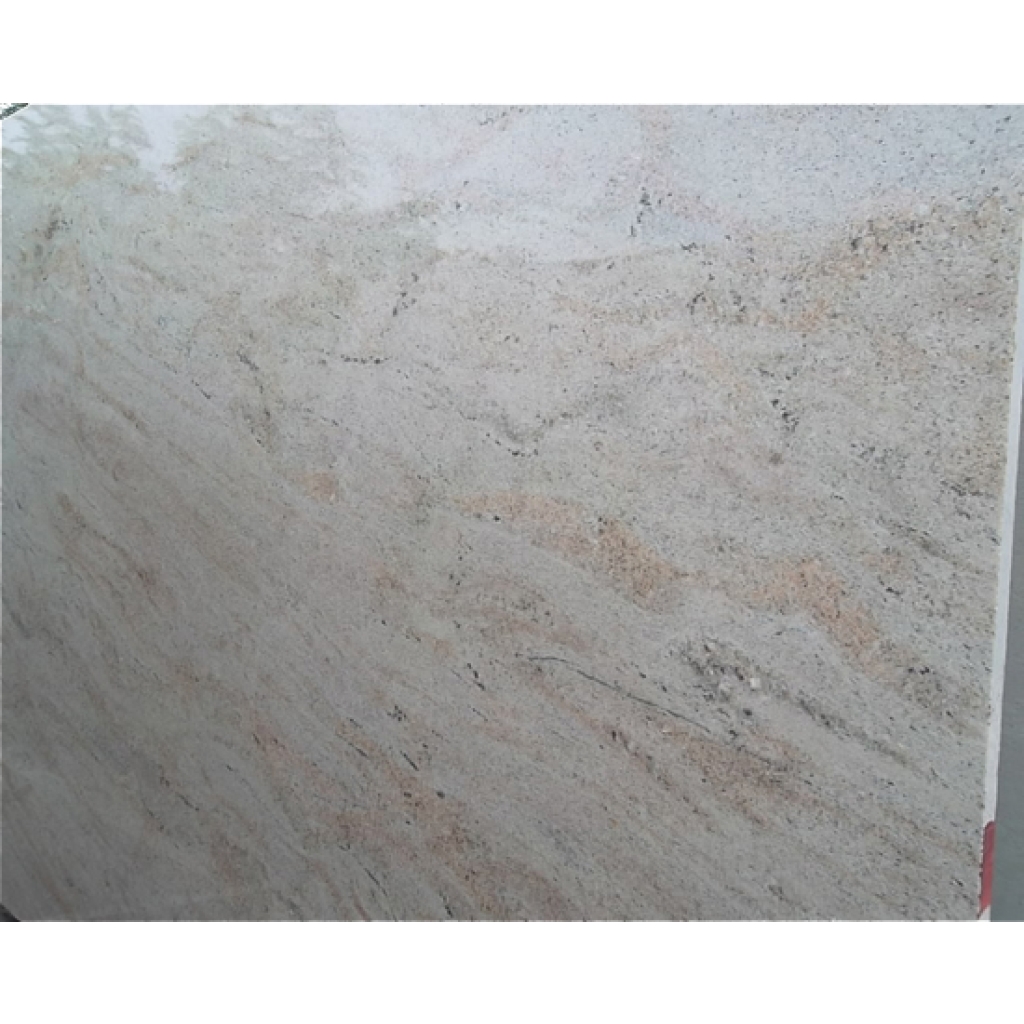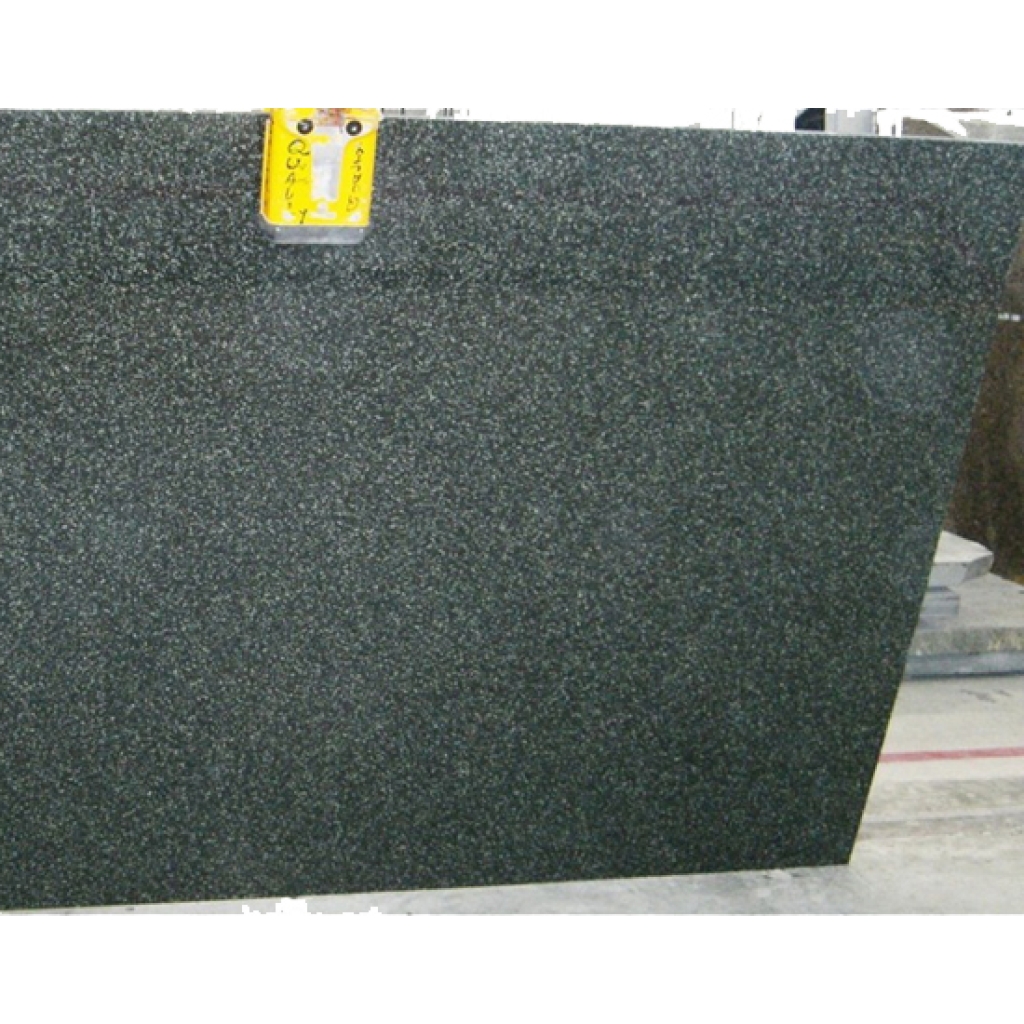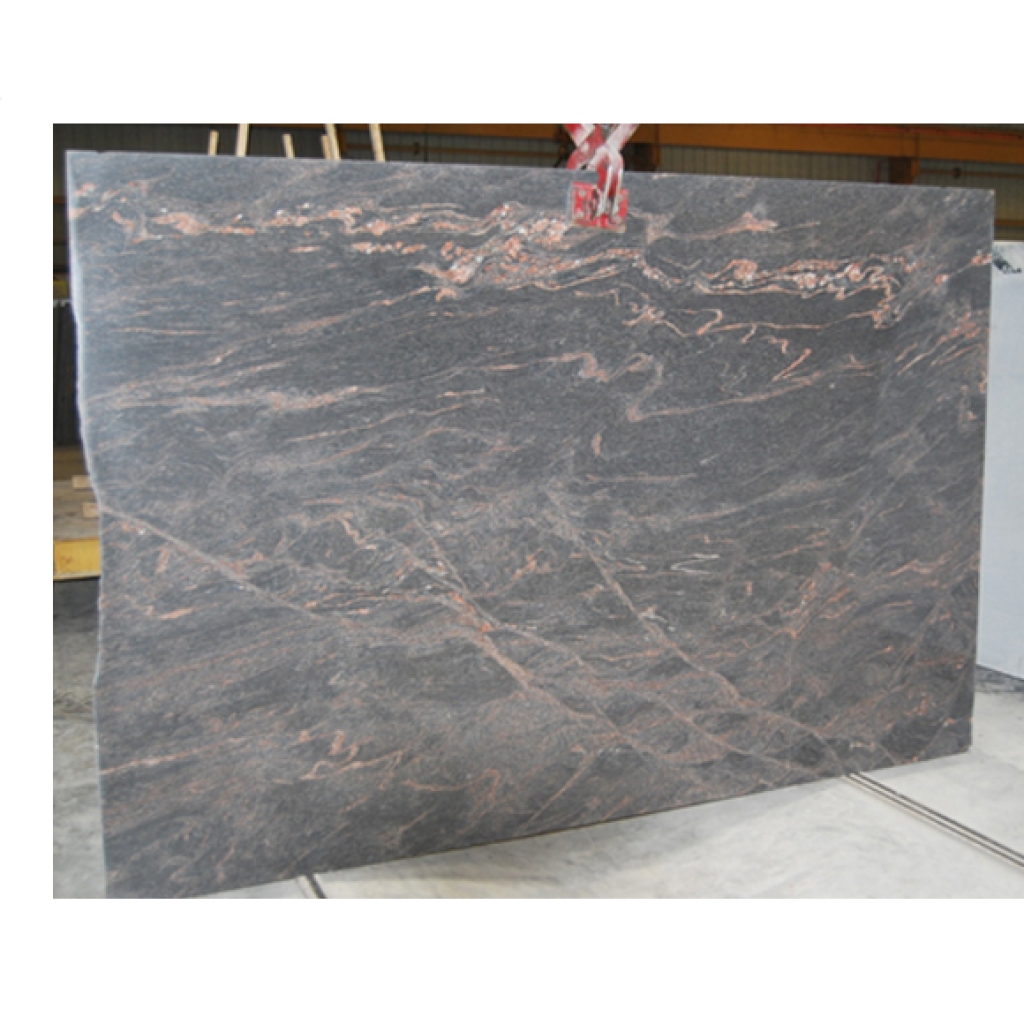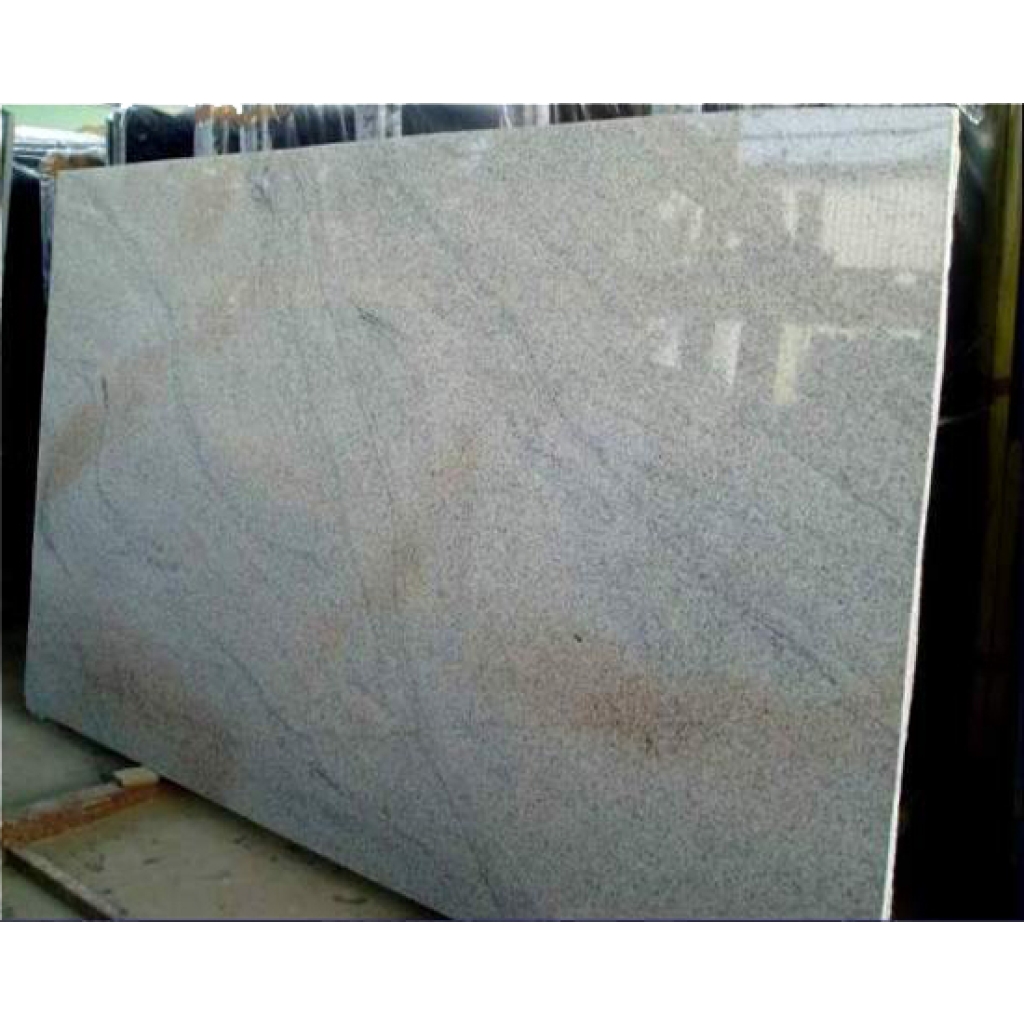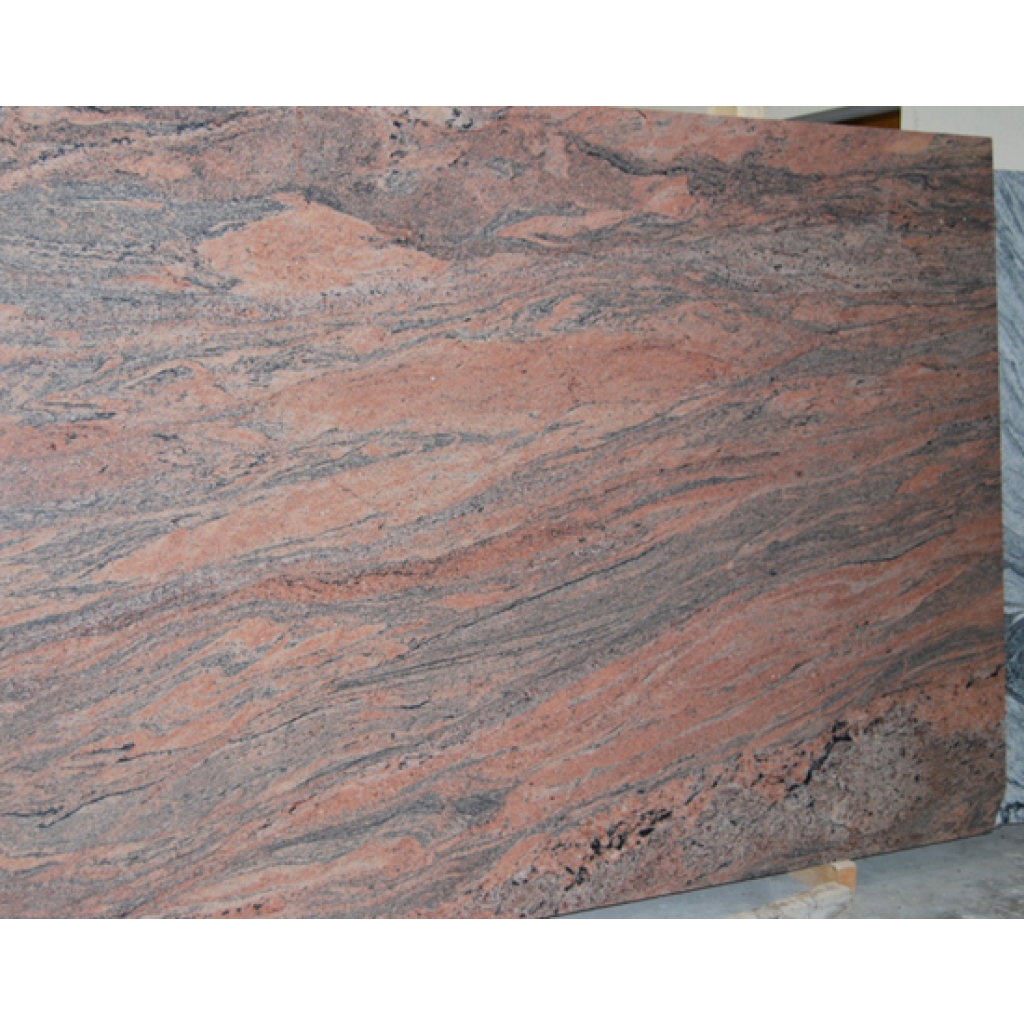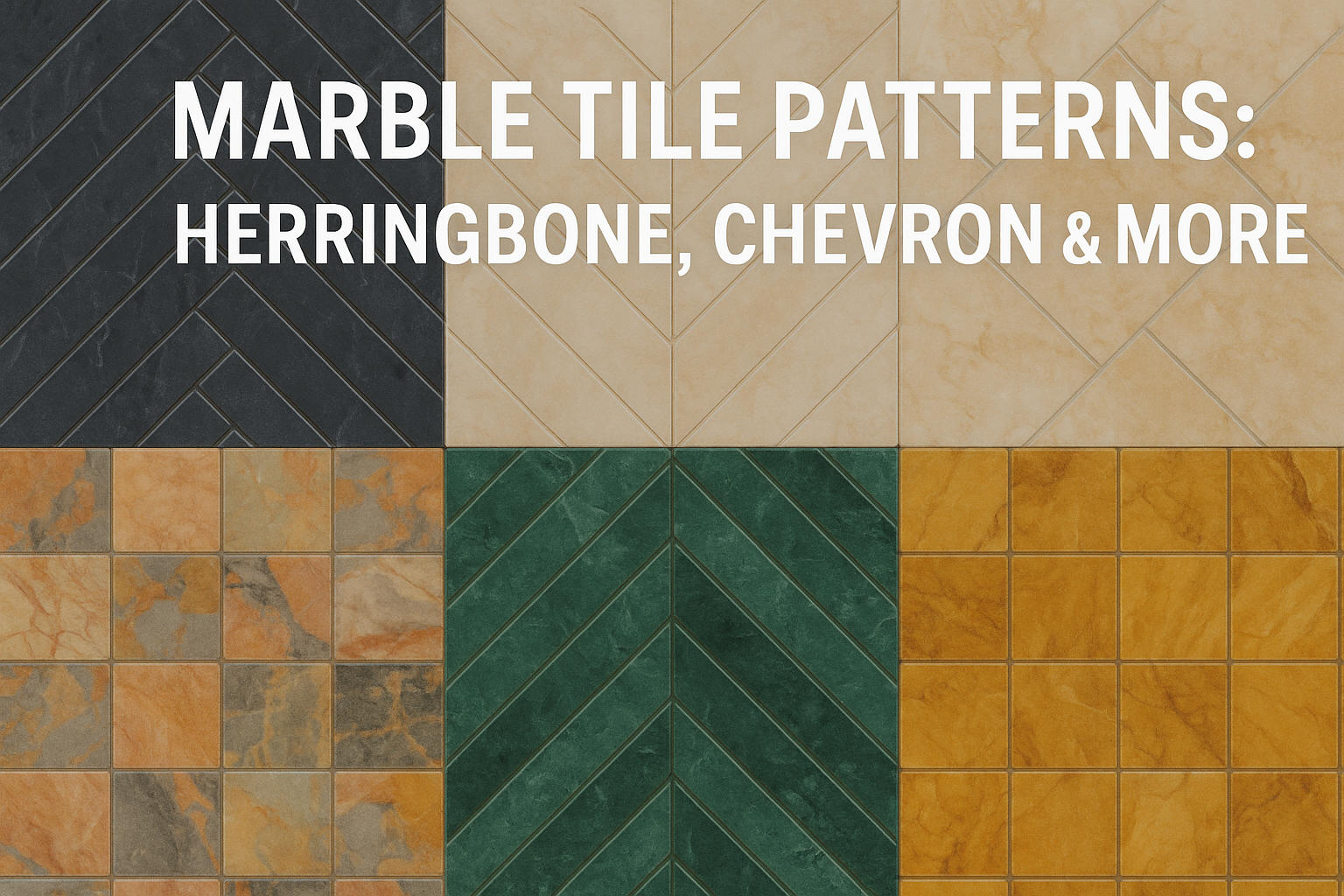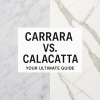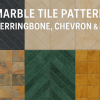No products in the cart.
با خرید $30,000.00 ارسال شما رایگان میشود
No products in the cart.
با خرید $30,000.00 ارسال شما رایگان میشود
Marble Tile Patterns: Herringbone, Chevron, and More for Stunning Designs
When it comes to creating spaces that breathe elegance, luxury, and timeless style, marble tiles stand unmatched. Marble has adorned the most magnificent homes, palaces, and public spaces throughout history, and it continues to captivate designers and homeowners today. But the secret to making marble tiles truly unforgettable doesn’t lie solely in their material or finish; it also lies in how they are laid out. The pattern in which marble tiles are arranged can elevate or define the entire character of a space. Choosing the right pattern is an art form, blending creativity with an understanding of geometry, proportions, and visual flow.
Among the many ways to lay marble tiles, patterns like herringbone and chevron have earned their place as icons of sophisticated design. These patterns bring movement, depth, and interest to floors, walls, and even ceilings. However, beyond these popular choices lies a whole world of creative arrangements that can turn an ordinary marble tile installation into a true work of art.
In this guide, we explore the most compelling marble tile patterns, their unique characteristics, and how each can be used to transform spaces into breathtaking experiences. Whether you’re renovating a bathroom, designing a luxurious kitchen, or enhancing a grand hallway, understanding these patterns will empower you to make bold and beautiful choices.
The Power of Pattern in Marble Tile Design
Patterns are more than just decorative decisions; they impact how a space feels and functions. A well-chosen pattern can make a small room appear larger, add dynamism to an otherwise simple design, or highlight architectural features. Conversely, a poorly selected pattern might feel overwhelming, chaotic, or out of place.
Marble tiles, with their natural veining and luminous qualities, interact uniquely with patterns. The way light hits the stone, the direction of the veins, and the flow of the pattern all contribute to the final visual impact. A good marble tile pattern respects the nature of the stone while enhancing the space’s character.
Herringbone: Classic Elegance with Dynamic Movement
The herringbone pattern is one of the oldest and most beloved ways to lay marble tiles. Originating from Roman road constructions and later adopted into European architecture, herringbone remains timeless because of its sophisticated yet dynamic visual appeal.
In a herringbone layout, rectangular marble tiles are placed at 45-degree angles to form a broken zigzag pattern. The result is a sense of forward motion and rhythm that guides the eye naturally through the space.
Using herringbone marble tiles on a bathroom floor can elongate a small space, making it feel larger and more open. In larger rooms, a wide-format herringbone pattern exudes grandeur and classic refinement. Pairing a subtle marble like Carrara with a herringbone layout creates understated luxury, while bolder marbles like Calacatta amplify the pattern’s drama.
Importantly, herringbone isn’t confined to floors alone. Installing marble herringbone tiles on a backsplash, in a shower, or even on a fireplace surround adds an element of unexpected sophistication that feels deliberate yet effortless.
Chevron: Precise Symmetry for Modern Impact
Chevron patterns are often confused with herringbone, but they have a distinct difference that creates an entirely different effect. While herringbone uses rectangular tiles offset at angles, chevron patterns use tiles cut precisely at an angle so that the ends meet to form a continuous “V” shape.
The chevron marble tile pattern creates a sense of precision, symmetry, and clean modernity. Its sharp, repeated angles naturally draw the eye along the line of the pattern, giving a sense of direction and movement that can make spaces feel longer or more expansive.
Chevron marble tiles work beautifully in hallways, accent walls, or floors where you want a striking visual flow. Lighter marbles emphasize the clean elegance of the pattern, while darker or veined marbles create a more dramatic, high-contrast look.
Because chevron requires precision cutting, it tends to be slightly more expensive and labor-intensive than herringbone, but the results are undeniably stunning.
Basketweave: Vintage Charm with Geometric Interest
The basketweave marble tile pattern offers a vintage feel that is both charming and full of character. Reminiscent of woven baskets, this pattern typically involves small rectangular tiles arranged around a square tile, creating an illusion of weaving.
Basketweave marble tiles are an excellent choice for bathrooms, powder rooms, and entryways where a touch of old-world charm is desired. They create a visually intricate surface without feeling overwhelming, especially when paired with subtle veining and soft color palettes.
Moreover, basketweave patterns lend themselves well to both traditional and transitional styles, providing flexibility for homeowners who appreciate classic design but want a fresh twist.
Running Bond (Brick Pattern): Simple Yet Strong
The running bond, also known as the brick pattern, is one of the simplest ways to arrange marble tiles, but simplicity can be a powerful design tool. In a running bond layout, each tile is offset by half the width of the tile above and below it, mimicking the way bricks are laid.
This pattern is especially effective for creating a sense of stability, strength, and timelessness. Running bond marble tiles work exceptionally well in larger spaces like open-plan kitchens, living rooms, and hallways, where their repetitive nature provides rhythm without overwhelming the senses.
Choosing a running bond pattern with marble tiles that have consistent veining can create a calm, harmonious surface. Alternatively, selecting tiles with varied or bold veining can introduce subtle dynamism and movement into the space.
Versailles Pattern: Royal Luxury with Historic Depth
For those seeking a more elaborate and historic feel, the Versailles pattern offers unparalleled sophistication. Also known as the French pattern, this layout combines four different tile sizes in a repeating sequence to create a rich, elegant floor.
Marble tiles laid in a Versailles pattern feel grand and timeless, reminiscent of European palaces and stately homes. This pattern is ideal for large spaces like expansive foyers, dining rooms, or outdoor patios where you want to create a sense of opulence and tradition.
Choosing a neutral marble, such as Crema Marfil or Light Emperador, keeps the look classic, while bolder options can inject a modern edge into this otherwise historic layout.
Diagonal Layout: A Subtle Twist on the Traditional
Sometimes, a simple twist can have a significant impact. Installing marble tiles on a diagonal — rather than in straight lines — introduces a sense of energy and motion to a space.
Diagonal layouts are particularly useful in small rooms, as they trick the eye into perceiving the space as larger. In bathrooms, kitchens, and even stairways, diagonal marble tile layouts add subtle dynamism while maintaining a classic, understated elegance.
Combining diagonal layouts with borders or inlays can further elevate the design, creating framed “carpet” effects or directional movement throughout a larger area.
Creative Combinations and Custom Designs
True design freedom comes when you realize that patterns don’t have to be used in isolation. Combining different marble tile patterns within a space can produce breathtaking results. For example, using herringbone inside a framed rectangular border creates a beautiful focal point in an entryway or formal living room.
Some designers even mix marble tile patterns within the same bathroom, using a basketweave on the floor, subway tiles in a running bond pattern on the walls, and a herringbone niche in the shower. When done thoughtfully, these combinations add layers of visual interest and luxury.
Custom designs — such as radial patterns, medallions, or intricate mosaics — also allow marble tiles to transcend standard patterns and become bespoke works of art. These designs often require skilled artisans and detailed planning but can result in show-stopping interiors that are truly one of a kind.
Matching Marble Tile Patterns to Your Space
Choosing the right marble tile pattern involves more than selecting one you find visually appealing. It must also suit the size, shape, and function of the space where it will be installed. The layout can either enhance a room’s architecture or fight against it, depending on how thoughtfully it’s chosen.
In smaller bathrooms or powder rooms, a simple herringbone or diagonal layout can visually expand the space. For expansive open areas, such as grand foyers or luxury master suites, a more complex Versailles pattern adds richness and historical depth.
The key is always balance. Too complex a pattern in a small space can feel busy and overwhelming, while too simple a layout in a grand room might feel underwhelming and flat. Carefully considering the relationship between pattern, space, and marble choice ensures a harmonious final result.
The Influence of Marble Veining on Pattern Choice
Marble is celebrated for its intricate, natural veining. When laying marble tiles in a particular pattern, the direction and character of the veins play a significant role in the overall effect.
Linear veining, often found in stones like Statuario marble, works beautifully in herringbone, chevron, or straight-lay designs where the directional movement can be highlighted. Random or highly dramatic veining benefits from layouts that allow the natural beauty of each tile to shine without too much interference from pattern complexity.
Matching veins across tiles (a technique called bookmatching) can create breathtaking effects, especially in feature walls, floors, or shower enclosures. However, bookmatching requires careful planning and more material to allow for selective placement.
Color Considerations for Marble Tile Patterns
Although classic white marbles like Carrara and Calacatta remain popular, modern design has embraced a broader palette of marble colors. From deep green Verde Alpi to dramatic Black Marquina to warm honey-colored marbles, color introduces another layer of expression into marble tile design.
Darker marbles lend themselves well to sophisticated, moody interiors, especially when laid in bold patterns like chevron or basketweave. Lighter marbles are perfect for creating serene, airy environments where the pattern offers quiet elegance rather than loud drama.
Some designers skillfully mix different marble colors within the same pattern, such as alternating black and white tiles in a diagonal checkerboard, creating stunning contrast and dynamic movement.
Installation Tips for Perfect Pattern Execution
The beauty of marble tile patterns relies heavily on skilled installation. No matter how gorgeous the material or how thoughtfully chosen the pattern, poor installation can ruin the entire effect.
Here are essential tips to ensure perfect results:
-
Layout a Dry Run: Before adhering tiles, do a dry layout to ensure the pattern flows correctly and to adjust for any small variations in tile size or veining.
-
Precision Matters: Especially for patterns like chevron or basketweave, small inaccuracies compound quickly. Measuring and cutting must be exact.
-
Experienced Installers Only: Marble is unforgiving. Always hire installers experienced specifically with marble tile, not just general tile layers.
-
Consider Grout Lines Carefully: Smaller grout lines typically suit marble tile best, keeping the focus on the stone itself rather than the joints.
-
Seal Before Grouting: Pre-sealing marble tiles can prevent grout from staining the porous surface during installation.
Following these practices ensures that the finished installation lives up to the marble’s full potential and honors the beauty of the chosen pattern.
Trends and Innovations in Marble Tile Patterns
While traditional marble tile patterns like herringbone, chevron, and basketweave remain timeless, contemporary designers are pushing the boundaries with new applications and pattern innovations.
One trend is oversized herringbone patterns, using large-format marble tiles to create a bold, modern interpretation of the classic layout. Another is the blending of marble with other materials — such as brass inlays, terrazzo, or glass tiles — to create mixed-media mosaics.
Innovative uses also include combining matte and polished marble finishes within the same space or even within the same pattern, adding a subtle textural contrast that catches light differently and enhances dimensionality.
Digital technologies now allow designers to simulate how various patterns and marble types will look in a space before installation, helping clients make more informed decisions and avoiding costly mistakes.
Cost Considerations for Different Patterns
Beyond aesthetic appeal, different marble tile patterns come with different cost implications.
Simple layouts like running bond or straight-lay patterns are less labor-intensive and thus more affordable. Patterns like chevron, basketweave, or Versailles require more precision, more material cutting, and more time to install, driving up labor costs.
When budgeting for a marble tile installation, it’s important to factor in not just the cost of the marble itself but also the cost of skilled labor and any additional materials (like specialty grout or sealers) needed to achieve the desired pattern.
In some cases, choosing a slightly simpler pattern and upgrading to a higher-end marble might yield a more luxurious overall look within the same budget.
Maintenance and Care by Pattern
While marble itself requires diligent care — sealing, gentle cleaning, and immediate spill cleanup — the pattern can influence maintenance ease as well.
Patterns with many small tiles and more grout lines, like basketweave, require more attention to grout cleaning and resealing. Larger tiles with fewer joints, like oversized herringbone or diagonal layouts, are generally easier to maintain.
Choosing a marble tile pattern that fits your lifestyle, cleaning habits, and tolerance for maintenance is just as important as choosing one that fits your aesthetic vision.
Personalizing Your Space Through Marble Patterns
One of the most beautiful aspects of marble tile patterns is the ability to personalize your space to reflect your tastes, lifestyle, and vision.
A minimalist may gravitate toward a clean running bond with soft-veined Carrara marble, while someone with a more eclectic style may prefer a bold chevron layout with deeply colored marble. An old-world traditionalist might feel drawn to the complex beauty of a Versailles pattern with warm beige and gold marbles, while a modernist might choose an oversized herringbone in bright white marble for a striking contrast.
Your marble tile pattern becomes a personal signature, a reflection of your design sensibility embedded into the very architecture of your space.
Conclusion: The Pattern That Elevates Marble Tiles to Art
Choosing a marble tile pattern is one of the most powerful design decisions you can make. It is through pattern that marble tiles move from being simply beautiful materials to becoming dynamic elements of architecture and art.
Herringbone brings classic elegance with movement; chevron offers modern precision and flow; basketweave delivers vintage charm; running bond exudes strength and simplicity; Versailles showcases royal grandeur; diagonal layouts bring subtle dynamism; and custom combinations open the door to limitless creativity.
When selected and installed thoughtfully, marble tile patterns can redefine spaces, highlight architectural features, and create emotional responses — serenity, awe, excitement, or comfort.
In the end, no matter which pattern you choose, marble tiles promise one thing above all else: a timeless beauty that only grows richer with age. They are not merely finishes; they are expressions of taste, craftsmanship, and enduring elegance.

